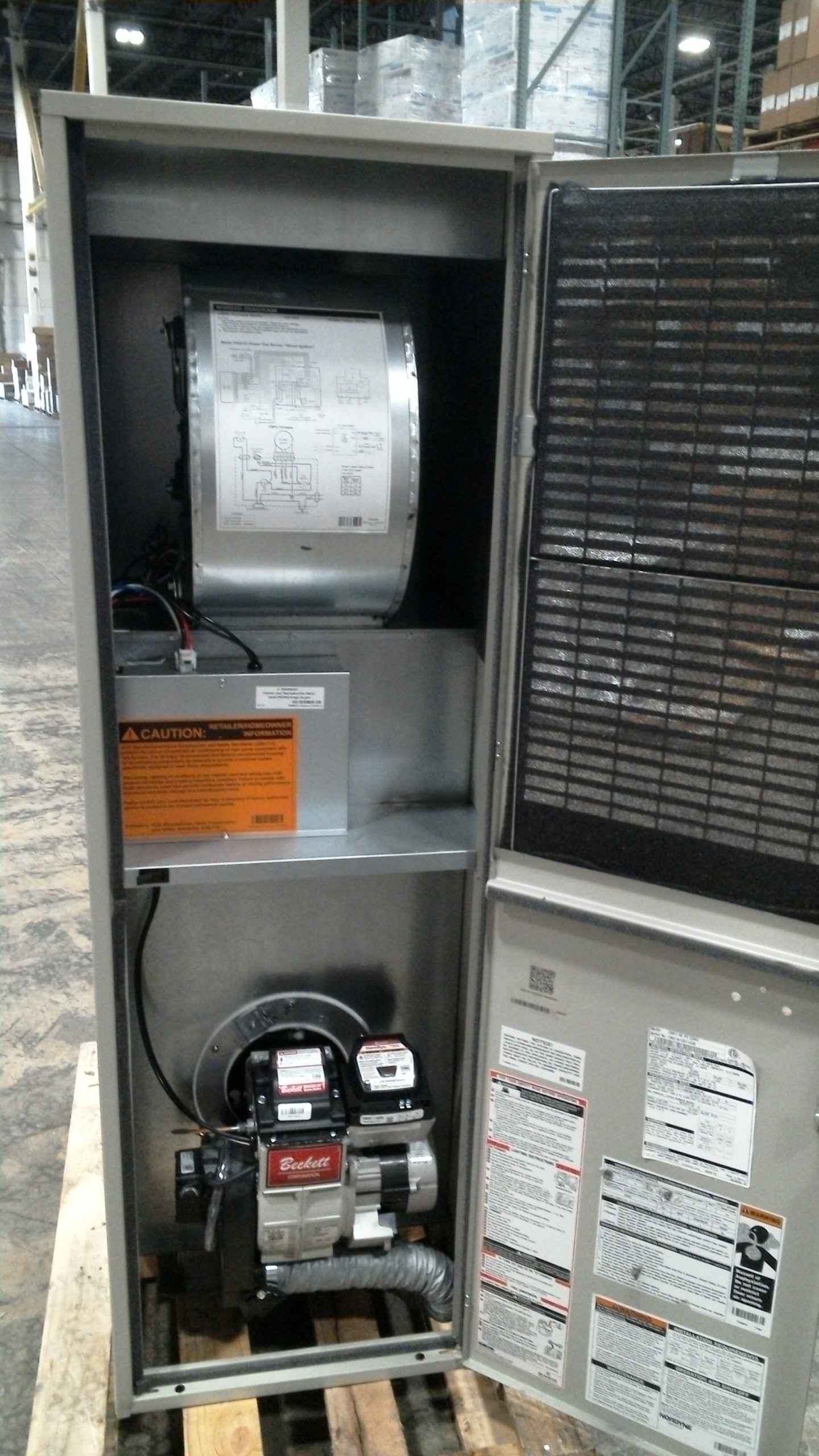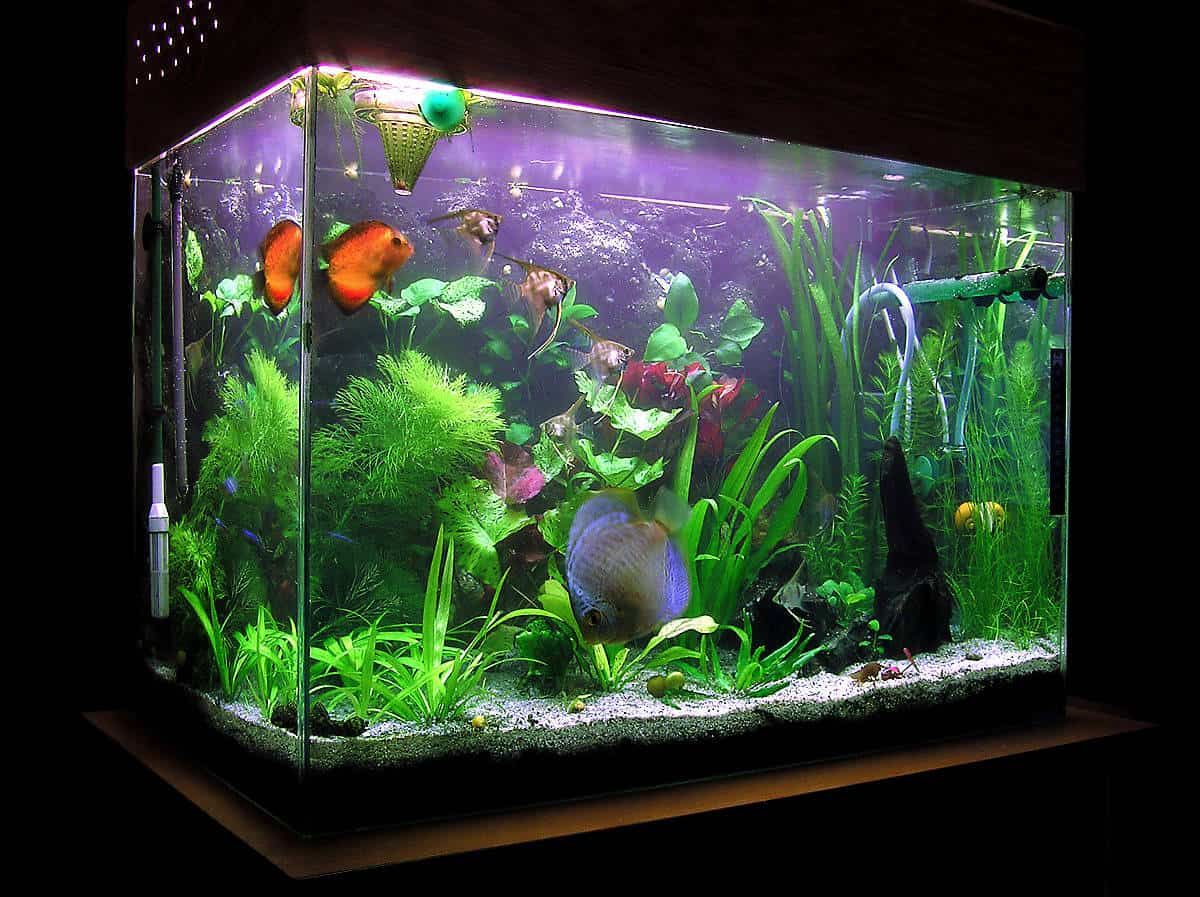Table of Content
Underground propane tanks are safer when it comes to potential damages like propane leaks since a gas leak would be more contained by the soil. Propane is harmless to your water and the environment, but it is combustible. For small grilling and auxiliary propane tanks, expect to spend between $50 and $150.

A professional will refuse to refill a cylinder that’s damaged, rusted, or has a leaking or malfunctioning valve. While these are most commonly used in commercial and industrial applications, they are also used at large residential estates. However, we recommend trying to keep the tank in a shaded area, if possible.
Residential Tank Sizing Overview
It’s also a good choice for larger scale use of multiple appliances. We make getting the best propane easy with residential delivery services. Our technicians can help you select your bulk tank, install it, and deliver the best propane as you need it.

Some propane leasing companies have a minimum order of 100 gallons. Once the gauge reads 80 percent, you will need to turn off the filling hose valve. Close the valve on the tank and turn the gas back on.
What is the price of actual propane/cost to refill your tank?
We can help you figure out just how long your tank will last you, and how to get the most time out of it before the fuel needs to be refilled. These portable propane tank sizes are perfect for camping, grilling, and more! With these cylinders, simply come to our facility and pay for what you need. It’s that easy to get the quality propane you need at the right price.
Check the fuel gauge on your tank to see the current level. The instruction manuals of your propane-fueled appliances should show what their BTU usage is. Divide the BTU usage of these appliances by 91,500 to determine how long it’ll take that appliance to burn through a gallon of propane. Portable 20 lb tanks of propane last roughly 10 hours. In case you’re just hoping to fire up the grill, the small tanks last for several hours of cooking.
Looking for Propane Tank Installers near you?
Review the propane tank size guide below for more information on propane tank sizes. It is important to note that a propane tank is only able to be filled to 80%. The tanks details will highlight how many gallons you get when full.
To level the tank, you’ll need to adjust the legs until the bubble in the level is centered. Once your tank is level, you’ll need to secure it in place to prevent it from moving. No, you cannot and should not install your own tank. Leave this to professionals like us to safely get the job done.
Cost to rent a propane tank
Propane power creates efficient, affordable ways to heat your outdoor living space and bring the comforts of home to your own backyard. Propane has historically been known as a rural fuel but is increasingly becoming an alternative to electricity in metropolitan areas. People are choosing propane as an energy source in new home construction both in and around towns and major cities. Residential use is fairly predictable and will fluctuate primarily with weather and winter heating demand. For more information on our installation services, please click here.

The tank must also be properly anchored to resist wind forces. Underground tanks must be installed in an excavation that is properly backfilled and compacted. The location of your home will affect how much you’ll have to spend to get your new propane tank. The supplier will charge an additional $200 for the delivery of your large propane tank.
Then, because you own it, you are responsible for professional maintenance and repairs, and the expenses that go with those. But by leasing your propane tank from Pico Propane and Fuels, all of that work, hassle and expense is gone! We handle the installation, maintenance and repairs, which means you can be assured that your propane tank is safe and in good working order. Consider a 250 gallon tank if you have a larger home and a larger family. This size tank ensures your everyday appliances work consistently and correctly. Different parts of the United States are subject to different climates with weather patterns varying by region.

Propane tanks can range in size from 100 to 1,000 gallons, so it’s important to have an accurate estimate of the size tank that will be needed. A 100 gallon tank is typically sufficient for a home that is 1,500 square feet . Prices depend on the size of the house, how much of the home is gas-powered, and the climate, if heating is included.
Checking on the tank and its connections from time to time should suffice. Even if the tank has sustained some wear and tear, replacing it is not a huge hassle. In the construction of any propane tank, you need a permit from the fire marshal in your local area to make sure all safety measures are met. Before installation, our technicians work with you to determine what your end result will look like. They will review your options for burying your tank or screening it to easily hide it.
However, we simplify the process of finding the right tank for your needs. With over 70 years of experience, you can trust our expertise for the best tank options. Use our helpful guide to discover what is the right tank size for you. A residential propane tank is equipped with a system of valves and regulators that convert liquid propane to gas and transport it to the appliances in your home. Another system of gauges on the tank helps you and your propane supplier monitor propane levels and pressure. Installing that large propane tank above-ground will cost you $2,700, while underground installation is priced at $4,700.
An underground tank will, on average, last less time depending on the installation and the soil around it – usually regulated to 20 years. Have you purchased a new home that uses propane for heating or to power some appliances? Perhaps you are building a new home and want to use propane in it. Maybe you are adding more propane appliances and your current propane tank is too small for your new demand. Or maybe your propane tank has reached the end of its life.

In order to remove a residential propane tank, it is important to first make sure that the area around the tank is clear. This includes removing any obstacles that may be in the way, such as furniture or debris. Once the area is clear, the next step is to disconnect the tank from the propane supply. This is typically done by disconnecting the hose that runs from the tank to the propane supply.

No comments:
Post a Comment